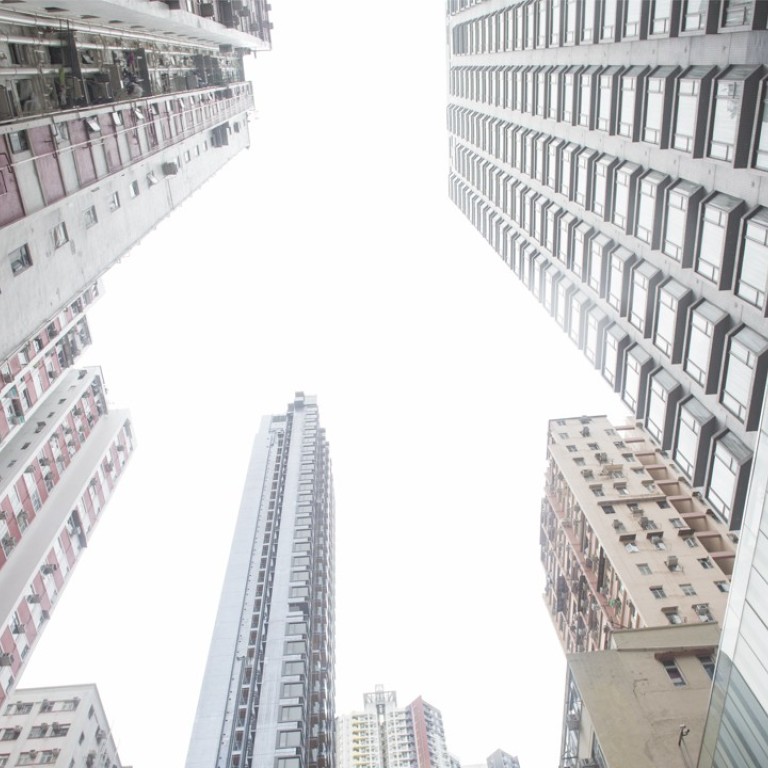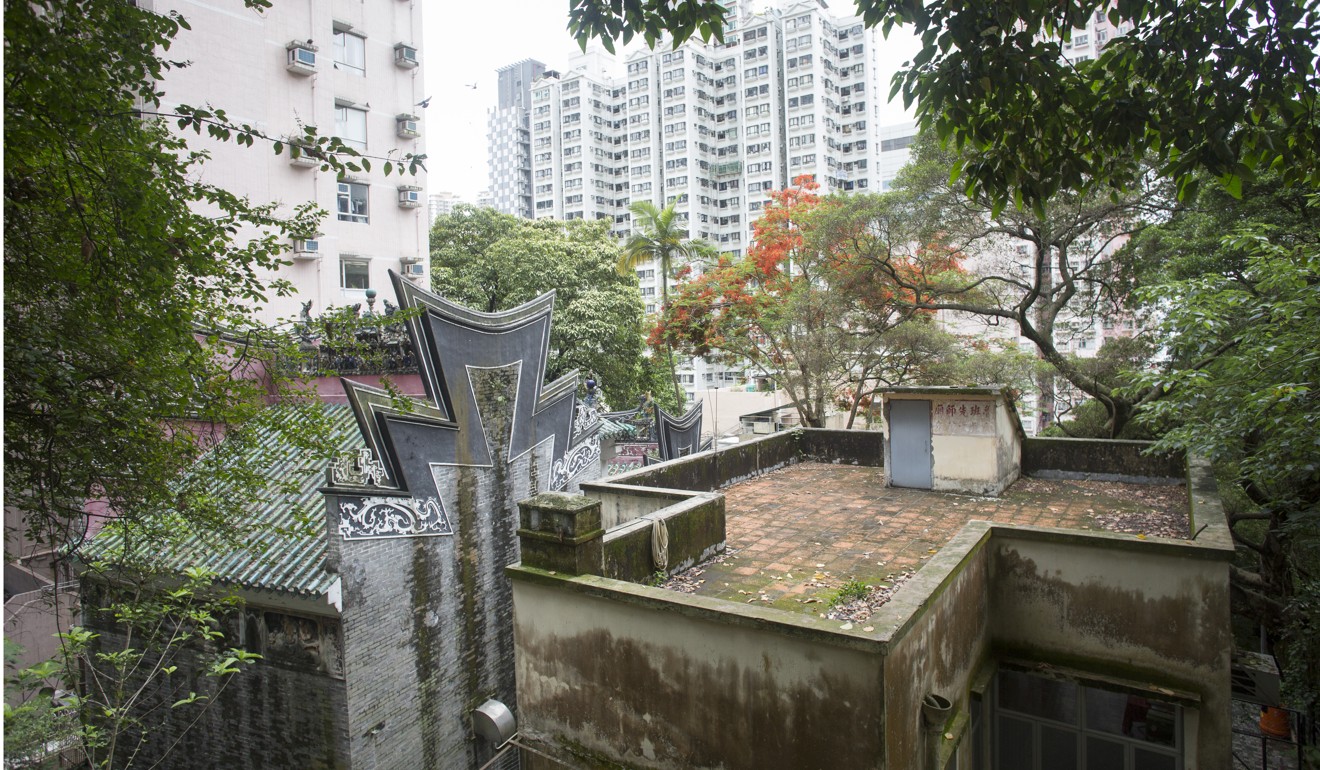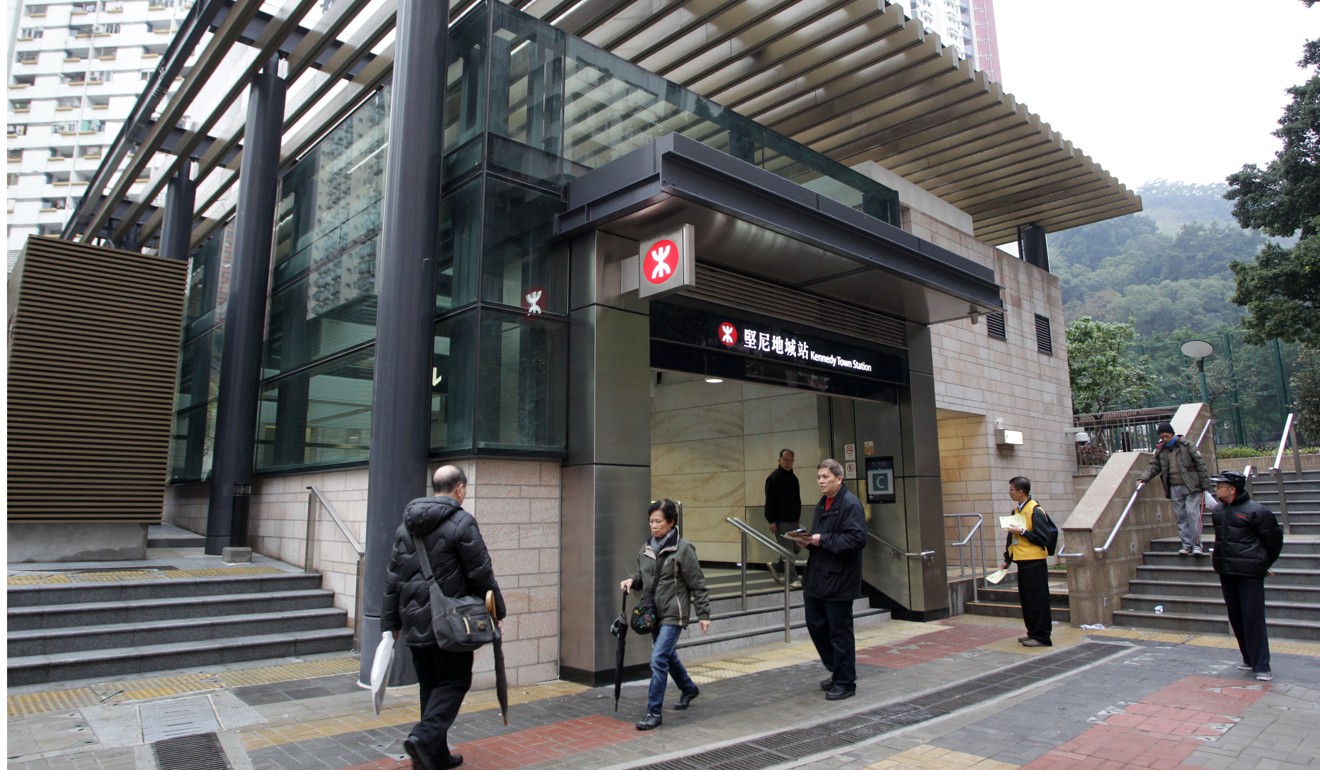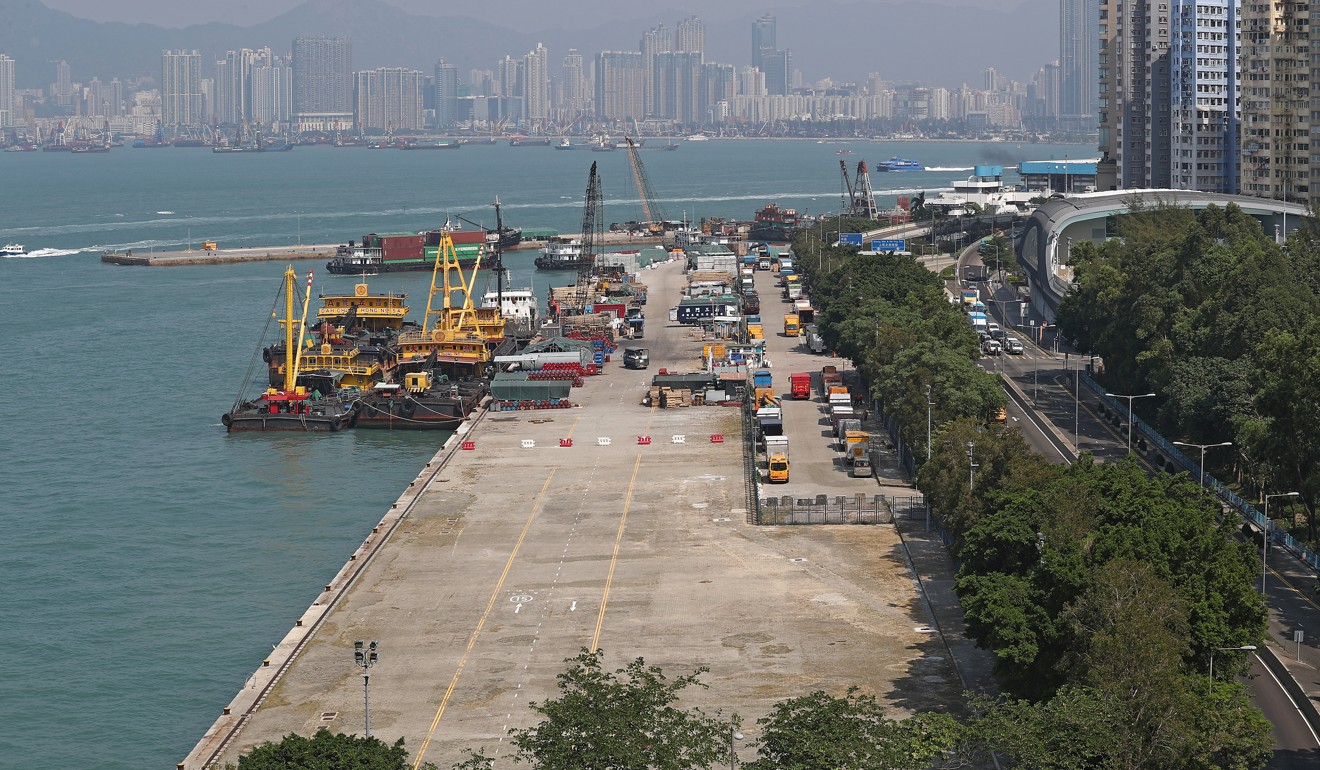
Residents of Hong Kong’s Kennedy Town complain about surge of luxury flat building
A survey finds residents worry about the loss of a community spirit and local shops as well as affordability as new developments push home prices up
Property prices in Hong Kong’s Kennedy Town district have been on the rise since the city’s MTR subway network was extended to the area at the end of 2014, but many residents are not happy with the rush of new luxury developments that have sprung up.
Expecting strong demand in the area after the improvement to transport links, a number of developers have built luxury high-rise buildings, including 63 Pokfulam by Kowloon Development, prices for which start at HK$6.4 million for a 200 sq ft unit, or HK$30,622 per square foot. This is 17 per cent higher than the price of flats at the Imperial Kennedy development when they were sold by Sun Hung Kai Properties in 2013.
Property prices in Kennedy Town have risen by 15 per cent in the last 12 months, according to Derek Lau, senior sales director at Centaline Property Agency, and he sees them rising a further 10 per cent in the coming year.
But a survey released by property company Grosvenor last week showed that existing residents felt the area suffered from a higher cost of living and a shortage of community and cultural facilities.
A focus group study with 30 residents and face-to-face surveys with a further 608 residents, conducted by Tim Jowett, Grosvenor’s director of investment strategy and analysis for Asia Pacific, found that the current pace of development was seen as unwelcome and disruptive to the environment and to affordability.
In particular, new high-rise luxury properties were seen by residents as undesirable because they brought in extra population, causing the cost of living to surge through increased rents and leading to the loss of affordable local shops. Others worried about peace and quiet and the sense of safety within the community.

In the survey, only 46 per cent of residents expressed satisfaction with the affordability of rents and property prices in the area, the lowest score of the 20 areas surveyed. They also pointed to a lack of places for the community to interact in informal settings, such as live music venues or art galleries, and expressed a desire to develop a specific neighbourhood identity and push back against what was considered homogenous or ‘soulless’.
“One factor that was appreciated in Kennedy Town, for example, was the lack of a major mall,” the report said.
It said these concerns about the transformation of the area by new luxury developments were due to negative perceptions of individual luxury high-rise buildings, even though the growth rate in the area’s population density was lower than the overall figure in Hong Kong.
Not enough was being done to offset the declines in neighbourhood satisfaction from intangible factors such as reduced spaciousness, it said.
“This points to planning, the role of government, because it is difficult to change developers’ activity,” the report said.

Developers said they were trying to minimise the impact their new projects had on the neighbourhood.
“We draw inspiration for our projects’ designs from the neighbourhood by choosing materials that match the neighbourhood. We do not seek to remove small local stores. We even had a tentative idea to introduce small stores into the retail complexes of our projects,” according to New World Development, which has three projects near Kennedy Town.
Even so, Chan Hok-fung, a Kennedy Town district councillor, said residents were not happy with luxury high-rise buildings.
“The developers would not build such high-rise buildings if they considered whether they match the neighbourhood. These flats tend to be unaffordable for locals as well,” Chan said.
Residents also wanted more efficient use of the area’s waterfront, including the Western District Public Cargo Working Area, a wharf which is widely used by residents for informal leisure activities.
Residents in the survey showed a strong preference for maintaining the waterfront’s open space and as many green and natural characteristics as possible. Ideas for the waterfront included cycling lanes and a European-style piazza or park.

“Residents would perhaps be more welcoming of some aspects of neighbourhood changes if there were improvements in the ability of the public to maximise use of the waterfront, whether this is achieved through government or private sector work,” Grosvenor’s Jowett said.
“Developers need to have better designs that engage communities with sympathy for the local history,” he said.
Still, 91 per cent of Kennedy Town residents are satisfied with their neighbourhood, about a fifth higher than the average across Hong Kong, as measured by Grosvenor’s 2016 study.
About 80 per cent of respondents said they think Kennedy Town has improved in recent years.

